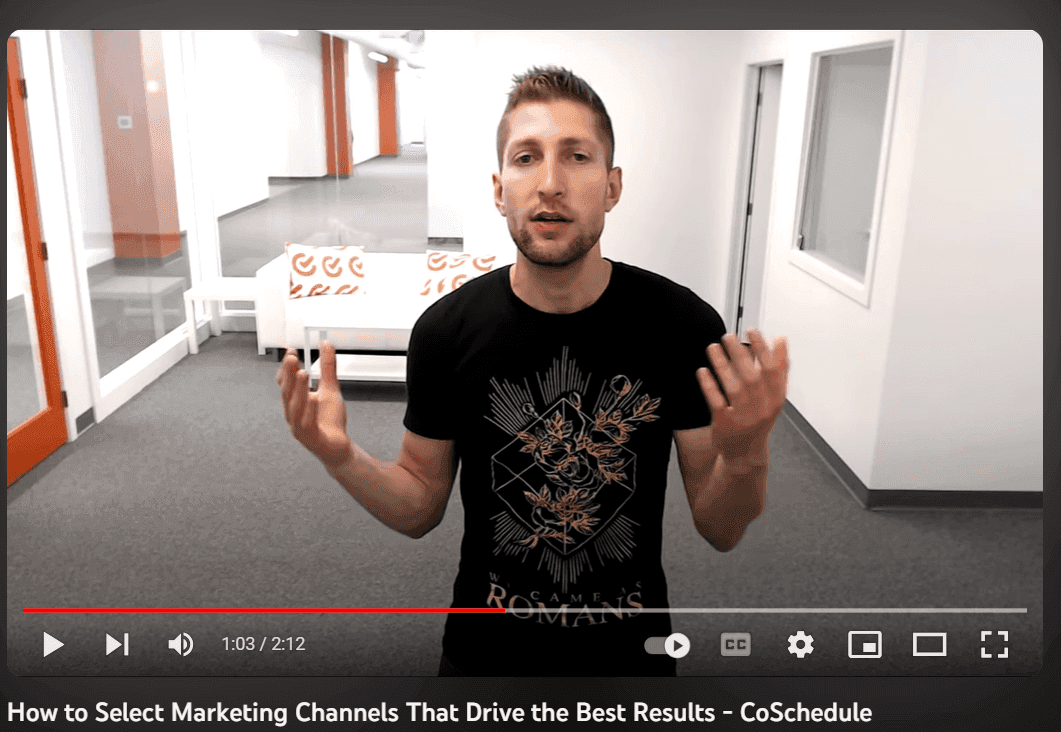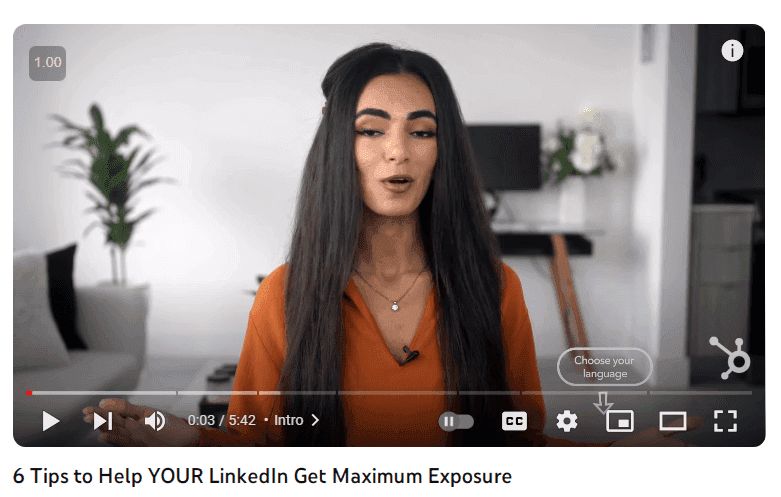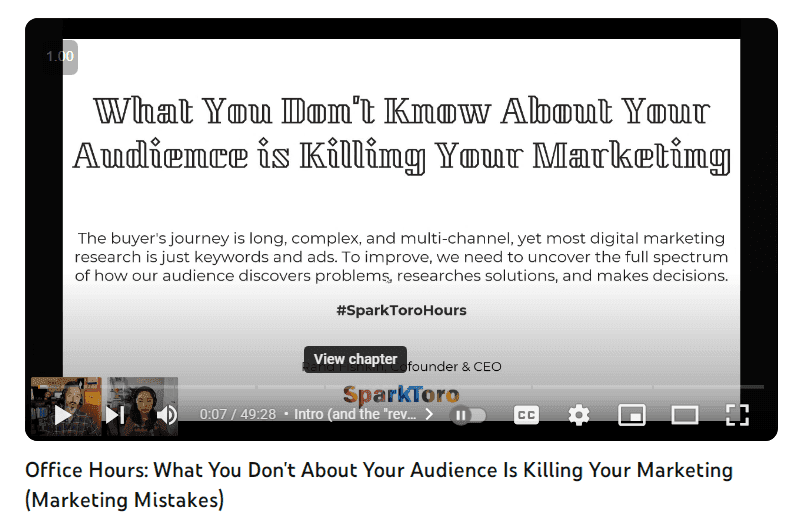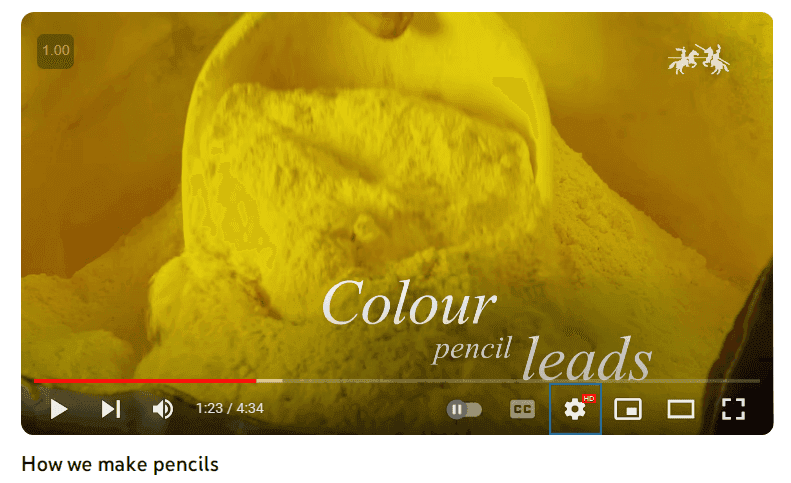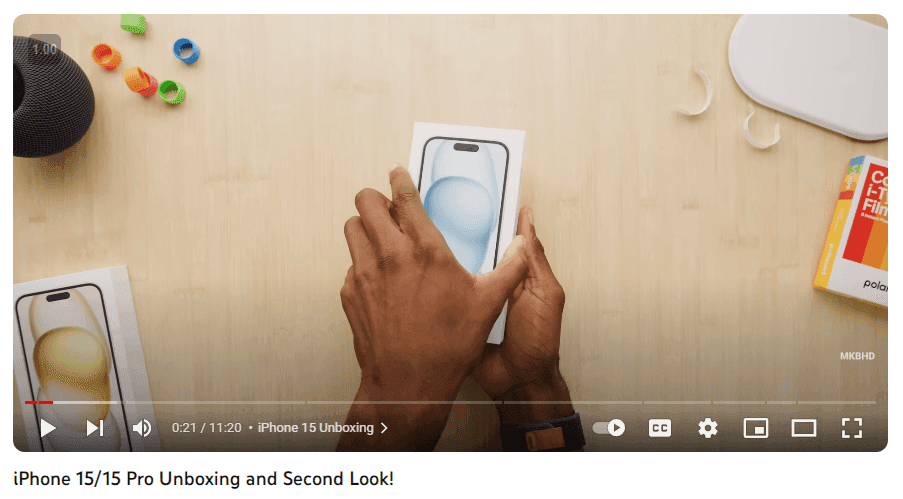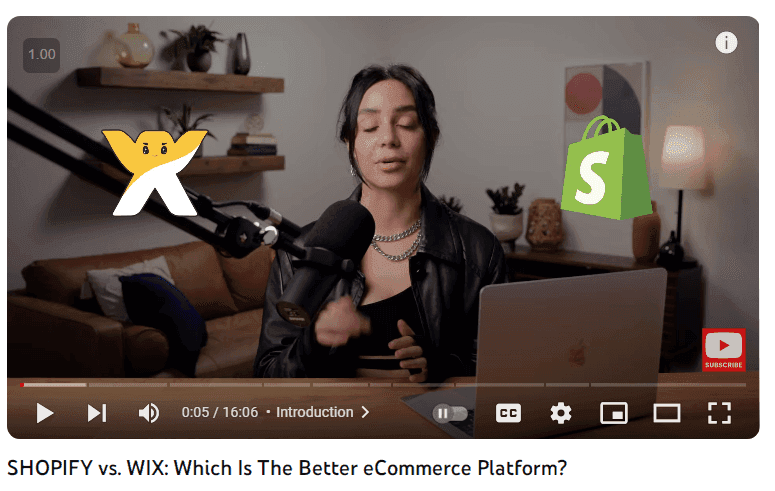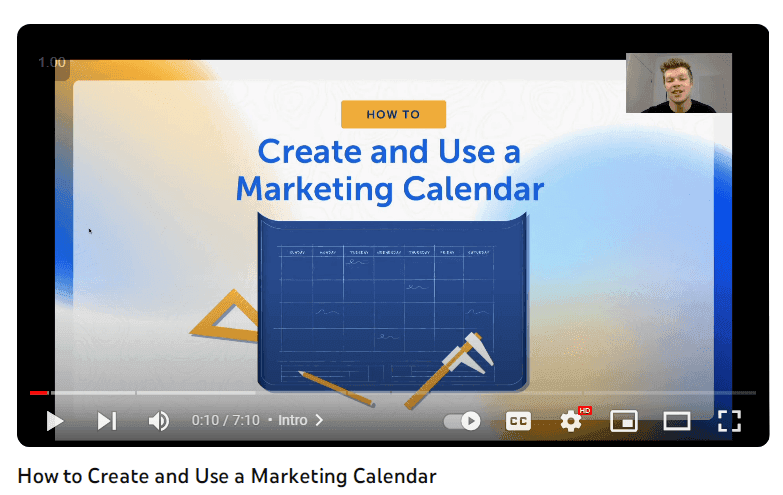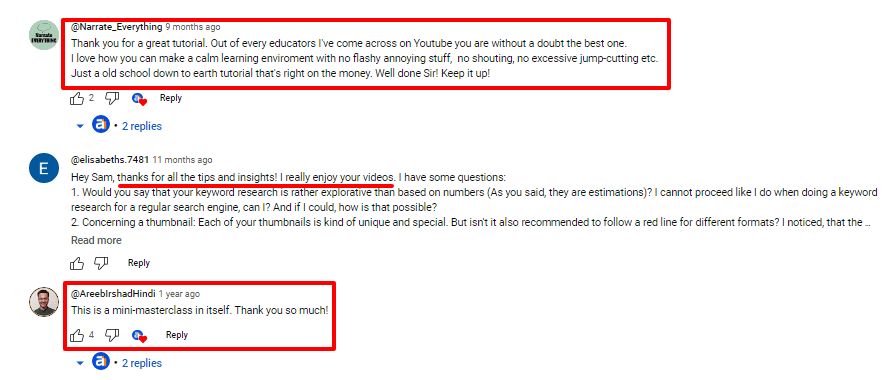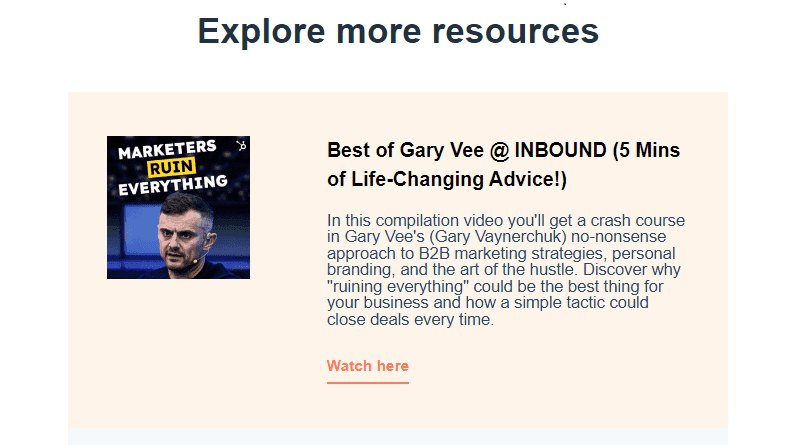All brands should consider marketing their business on YouTube.
Here’s why:
- YouTube is the world’s most preferred video-sharing platform.
- It’s the second most popular search engine, with 2.514 billion monthly active users.
- YouTube attracts users of all ages, providing marketers with a varied audience to target.
In this article, we explore how to use YouTube for business marketing.
Your marketing effort should begin with clearly defined goals. SMART marketing goals inform your strategy, help you stay focused during execution, and make you 377% more likely to report success. Once you’ve set your goals, follow these five steps to leverage YouTube marketing for your business growth.
Create A YouTube Channel
YouTube offers 2 channel options: a Personal Channel and a Brand Account. The Brand Account is most suitable for businesses because it lets you add multiple people as channel managers. Personal Accounts require you to share your Google Account login details if you want a third party to manage them.
Follow these steps to create a Brand Account:
1. Open YouTube from your desktop browser.
2. Click the Sign In button in the top right corner, and sign in with the Google account you want to use to create your channel.

If you don’t have a Google account, you’ll be prompted to create one.
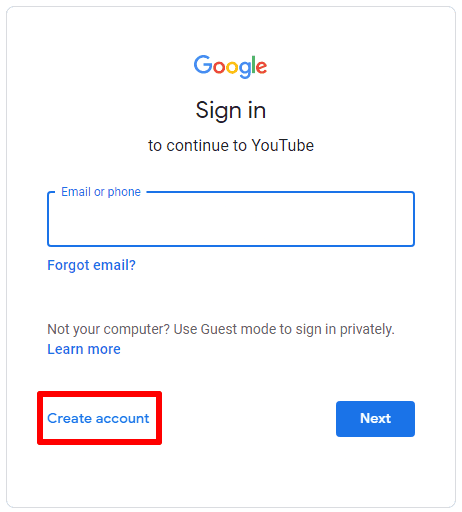
3. Click your profile image in the upper right corner of the screen. In the dropdown menu, click Create a channel.
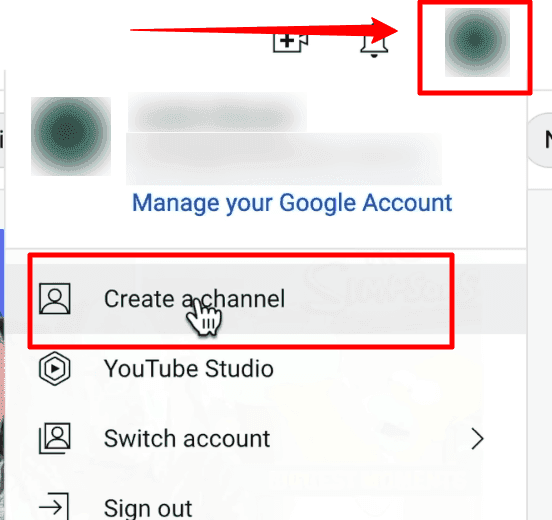
Note: If you see Your Channel, it means you already have a YouTube Channel associated with the Google account.
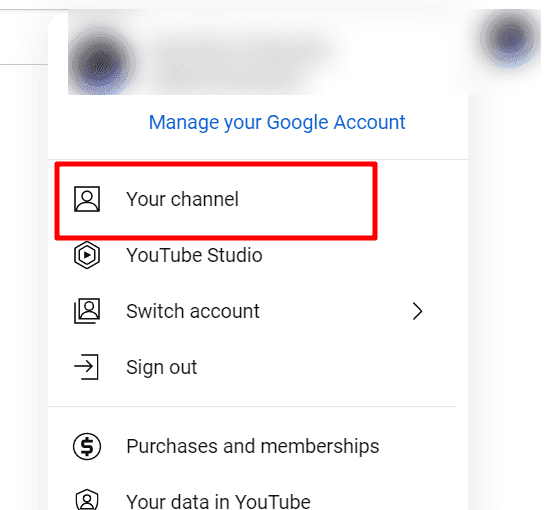
You may edit this channel or create a new one. To create a new channel, scroll down to Settings on the dropdown menu and click it. Select Add or manage your channel(s).

4. Enter your preferred channel name and click Create.

Recommended: Best Title Generator
5. Your new channel is now created. Click on Customize Channel to add basic info and branding elements like profile picture, banner image, and video watermark.
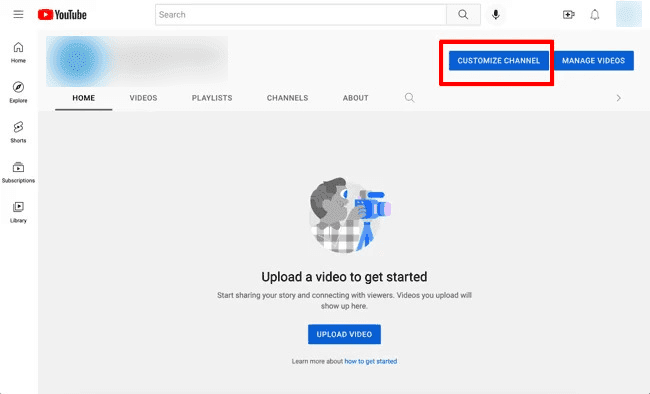
Plan Your YouTube Content
There are several types of content you can post on your channel. Here are eight popular options.
Recommended: Best Title Generator
How-To & Tutorial Videos
Tutorial videos show viewers how to perform an action. Creating tutorial videos related to your product or industry helps you build customer trust and establishes you as an industry expert. For instance, this video teaches how to select high-impact marketing channels.
Listicles
Videos with titles such as “10 Ways To Do X” or “7 Best Y Tools” are examples of listicles. Listicles are popular because they’re easy to digest. Consider compiling useful lists relevant to your industry and creating engaging videos about them. Here’s an example from HubSpot, a CRM software company.
Webinars & Educational Content
Webinars present an opportunity to provide in-depth educational content on topics that matter to your audience. They help you showcase your expertise and position you as an authority in the industry. If you already use webinars in your marketing, consider publishing past presentations on your YouTube channel.
SparkToro, an audience research tool, does this with its “SparkToro Office Hours” webinars.
Behind-The-Scenes (BTS) Videos
Behind-the-scenes videos reveal aspects of your business that are inaccessible to your audience. These videos can showcase your operations, highlight your company culture, or tell the day-to-day stories of your team members. BTS videos are a powerful way to humanize your brand, foster a connection with your audience, and even attract top talent.
Faber-Castell, one of the world’s leading stationery manufacturers, published a video revealing how they make their pencils. As their loyalists will tell you, Faber-Castell is the Rolls-Royce of pencils. No wonder the video below has over 17 million views.
Product Reviews
Product review videos share your opinion, experience, and use cases for a product or service. Here, you critically assess your products’ features, performance, and overall value or those your customers may find valuable.
Below is an example of a product review video from HubSpot. The video reviews three AI marketing tools for boosting efficiency.
Unboxing Videos
Unboxing videos are similar to product review videos, and they are popular among YouTube influencers. Here, you open a new product and often share your initial reactions and opinions as you unpack it. Here’s an unboxing video by popular tech YouTuber, Marques Brownlee:
Product Comparisons
Call this the Versus Strategy. Product comparisons involve comparing a product and its features versus a competing product. Viewers expect you to be biased towards your product. So, to gain your viewers’ trust, it’s crucial to stay objective when reviewing your product.
Shopify, a popular e-commerce platform, does well when comparing its software with Wix, a popular competitor.
Live-Action Or Animated Product Demo Videos
According to a 2022 Wyzowl study, 96% of people have watched an explainer video to learn more about a product or service. When asked how they’d most like to learn about a product or service, 76% said they’d prefer to watch a short video rather than read an article. This data establishes the importance of product demo videos.
Demo videos show viewers what your product does and how it works. Here’s an example of us showing viewers how to organize their marketing activities in one place using the CoSchedule Marketing Calendar.
Create compelling YouTube scripts that capture your audience’s attention with our YouTube Video Script Generator!
Promote Your Channel
Competition for your audience’s attention is fierce. Statista reports that, as of June 2022, creators upload about 30,000 hours of content on YouTube every hour. That’s approximately equivalent to 3.5 years, and YouTube is one of several platforms vying for their attention. The bottom line is this: without strategic promotion efforts, even the most exceptional content could get lost in the noise.
To promote your business on YouTube, here are three strategies you can use:
- Organic YouTube Marketing: With this inexpensive method, you regularly create valuable video content, optimize for visibility, and let the YouTube algorithm distribute your content to your target audience. This can earn you subscribers and generate leads later. However, it requires patience, consistent effort, and continuous investment in video content production.
- YouTube Advertising: This YouTube promotion strategy gets more people to see your video quickly. Simply create one great commercial, and YouTube Ads will give your video more visibility to a large but targeted audience.
- YouTube Influencer Marketing: Tap into an influencer’s reach and credibility by collaborating to create content for your business. Like YouTube Ads, this approach can produce quick results if you work with the right influencers.
Track Your Video Analytics
YouTube Analytics offers detailed insights into your channel’s performance. It shows your audience demographics and metrics like views, watch time, likes, comments, and shares. That way, you can understand what is and isn’t working, make data-driven decisions, and improve your YouTube marketing strategy.
For instance, your most viewed videos help you discover what content types and topics resonate with your audience. Also, knowing your audience’s demographics — age, gender, location — helps you create content that’s most relevant to your core audience.
It’s easy to become overwhelmed by the many metrics YouTube Analytics provides. To avoid this, Tory Bullock, YouTube Marketing Manager at HubSpot, recommends you focus on these three key metrics:
- Impressions Click-Through Rate (CTR): This measures how many viewers clicked on your video after seeing it on their homepage, recommended section, or trending section. A high CTR means your title and thumbnail are compelling and your topic resonates with many viewers.
- Average View Duration (AVD): AVD measures the average time viewers watch your video. YouTube calculates it by dividing the total watch time by the number of views. This metric is important because it reflects how engaging and valuable your video content is to your audience.
- Engagements: Engagements refer to the actions viewers take on your YouTube videos. These actions include likes, dislikes, comments, shares, and subscriptions. Engagement metrics help you learn whether your content resonates.
Try YouTube Marketing Software
YouTube marketing software helps streamline the activities involved in growing your YouTube channel. One that comes highly recommended is VidIQ, a YouTube-certified video marketing software.
With VidIQ, you can generate content ideas by analyzing trending topics, search volumes, and competitor data. VidIQ also lets you conduct keyword research and do competitor analysis.
Create Engaging YouTube Videos
Your YouTube video should grab your audience’s attention within the first few seconds. Creating such videos starts with research where you understand the content your audience wants. Not only that, but make sure to have a YouTube title that’s optimized for emotional impact and search intent. Use the free YouTube Title Generator to get dozens of ideas in seconds.
Also, your content’s value should be as great as your video production quality. If your videos lack substance, viewers will quickly lose interest, even if they’re well edited. Look at the comments viewers left on this YouTube video by Ahrefs. Aim to produce videos that reflect a similar sentiment.
Apply SEO Best Practices To Get More Views
Optimizing your videos for SEO will help you get traffic from both YouTube and Google search results. Below are some SEO best practices to apply when creating YouTube videos:
- Mention your primary keywords in your video. This lets YouTube’s algorithm know what your video is about when it crawls your video transcripts.
- Include visual clues that support the main content of your video. Google uses this information to understand the content of your video.
- Add tags and categories to your video.
- Encourage viewers to like, comment, and subscribe. YouTube considers these engagement metrics for ranking videos.
Above all, you’d want to include your target keywords in your YouTube title, so viewers know what your video is about. To do this, you can use our Headline Studio to write click-worthy headlines.
Try our new YouTube Channel Keyword Generator today!
Recommended Reading: YouTube Best Practices and Unlocking the Potential of Social Media Listening: Tools for Effective Marketing
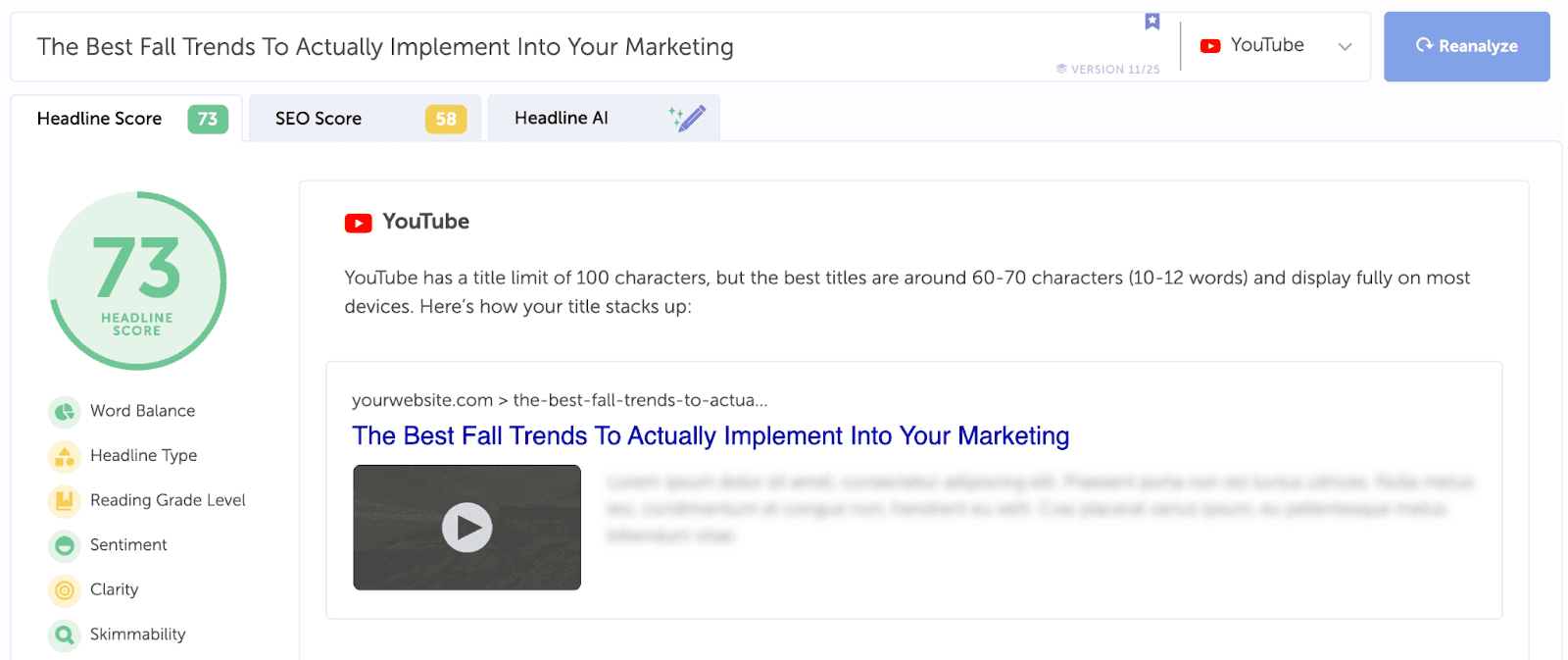
Maximize Business Promotions With YouTube Ads
YouTube doesn’t require a minimum spend for ad campaigns. For businesses with small budgets, this means they can use the YouTube ad platform to grow an existing channel or jumpstart a new one. Doing this is easy for existing channels — identify your high-performing videos and set up YouTube ad campaigns to promote them to a broader audience.
New channels with even one video can use the YouTube ad platform to reach a large audience. Below is Masterclass, a popular Ed-Tech brand, using YouTube ads to promote a trailer of a lesson.
Collaborate With Influencers
This helps you extend your reach by leveraging the trust between influencers and their audience.
Note that ‘influencer’ does not refer to just top celebrities in various industries. In fact, working with micro-influencers who have 1,000-100,000 followers can be more beneficial when targeting a narrow set of people with common interests. Why? Followers perceive micro-influencers as more authentic. They trust their opinions because they view them as peers rather than distant celebrities. This authenticity can lead to higher engagement and greater influence when promoting niche products.
A brilliant example of this authenticity is the collaboration between Dove and That Reyes Family (34k subscribers). Here, Sarah puts on her content creation boots and recommends Dove in a friendly way, rather than make the video appear like a Dove sales ad.
Expand Your Reach With Cross-Platform Promotion
As your video accumulates views, it signals to the YouTube algorithm that it’s relevant and engaging. This makes it more likely that YouTube will recommend it to a broader audience. To get those first few views on your content, you need to use your existing audience on other platforms.
For instance, if you have an email list, email them your new videos. If you have followers on other social platforms, share sound bites or full-length versions of your video on those platforms. In the email screenshot below, HubSpot informs subscribers of a newly released YouTube video.

